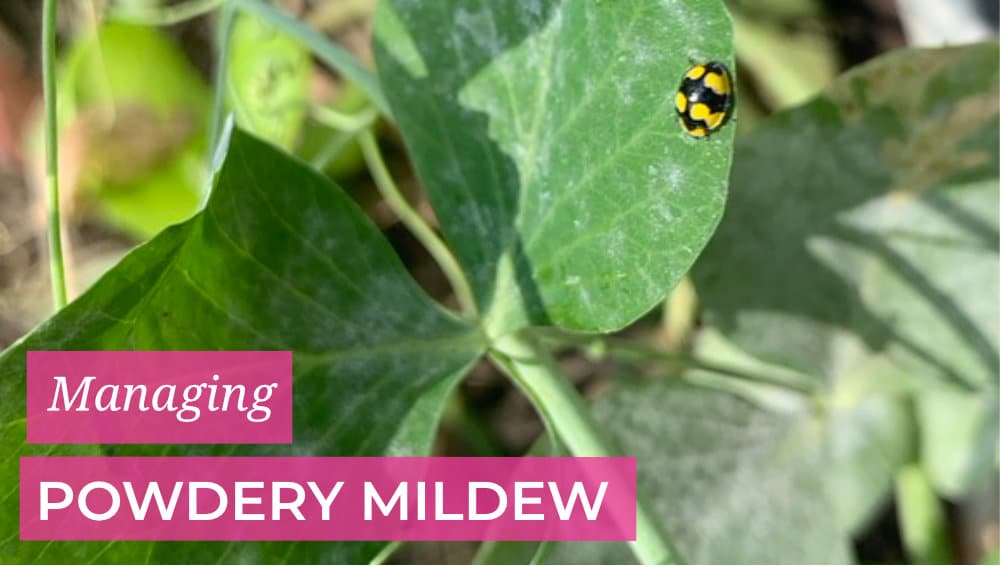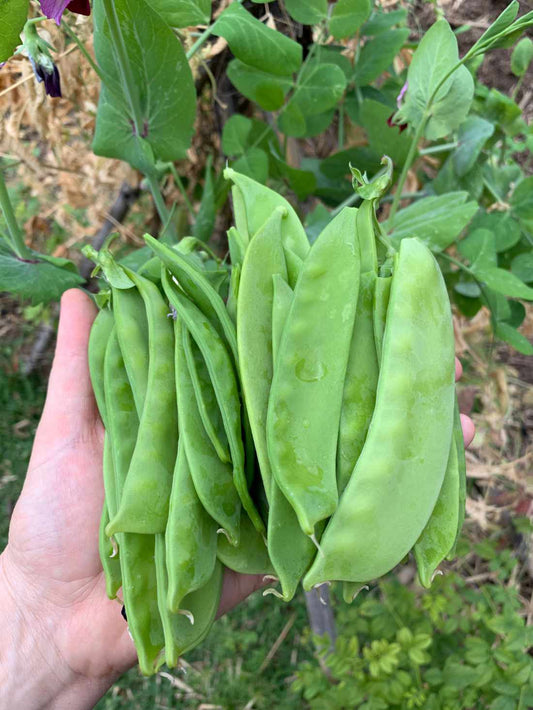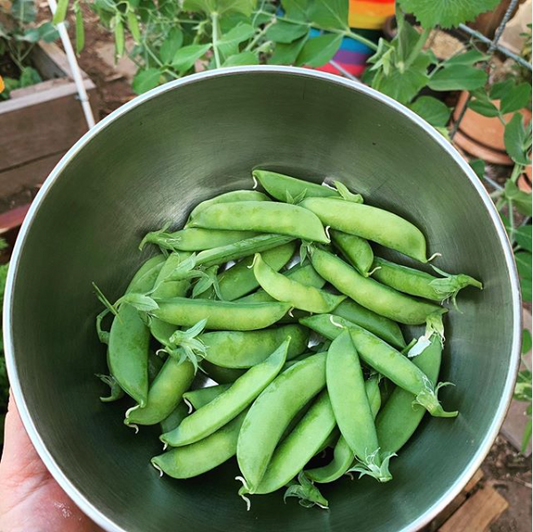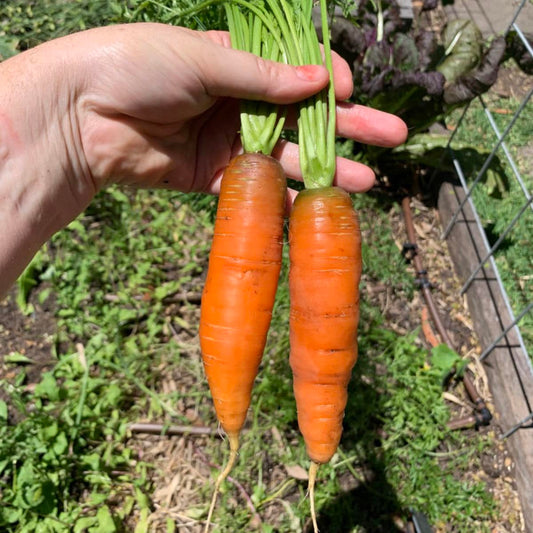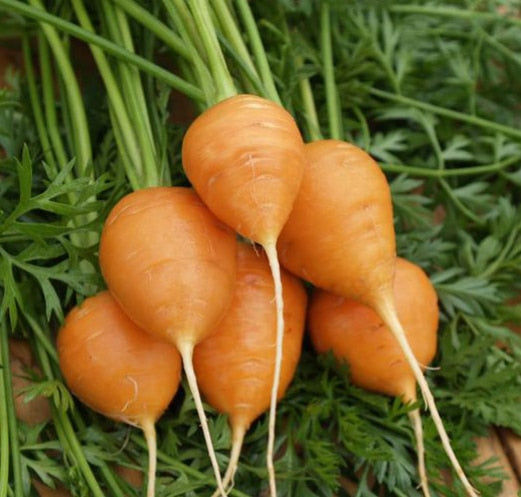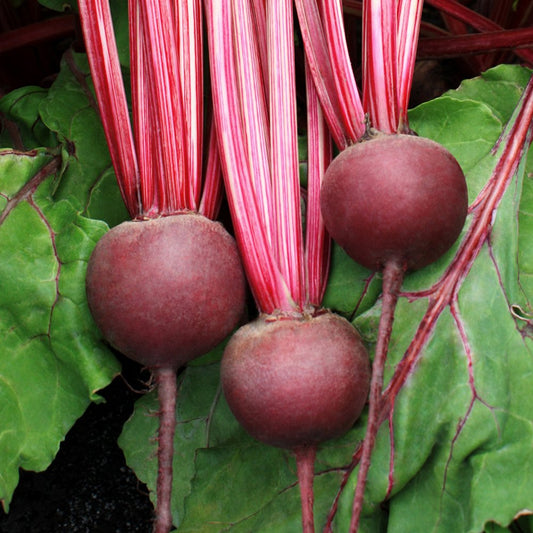Powdery mildew can be devastating to many crops and it is highly infectious so can spread quickly in your garden if you don’t get control of it. It’s not a pest, it’s not a disease, it’s a fungus.
What is powdery mildew
Powdery mildew is a group of fungal pathogens that affect a wide range of edible plants. There are various types that affect different types of plants. Powdery mildew looks like a white dust or fuzz on foliage of plants. You may also notice yellow spots on foliage, before looking for other diseases check on the underside of the leaves for the presence or powdery mildew. The mildew will cause damage to the foliage and sometimes fruit.
The fungal spores are easily spread by wind and rain which makes it more prevalent in times of high humidity and rainfall.
You will notice the ‘powdery dusted’ areas of your foliage eventually turn yellow or become withered or blooms becoming less. Whilst overall it isn’t fatal, it can definitely impact the growth of your plants and set you back if you’re trying to meet seasonal deadlines.
How to avoid powdery mildew
Unfortunately living in a humid climate, powdery mildew can be unavoidable during the wet season. Even in dryer climates it can be inevitable at the end of the life cycle of a plant as well. The combination of heavy dew or rainfall and then heat is a perfect environment for powdery mildew to not only thrive but also spread very quickly.
Some key things you might to adopt to minimise your risk:
- Don’t water overhead, water the soil
- Make sure there is plenty of airflow between susceptible plants, follow your spacing guidelines if you are prone to powdery mildew
- Make sure your plants are receiving plenty of sunshine
- Avoid planting susceptible plants in times of high humidity
- Opt for varieties that are less susceptible (they can still get it but are more tolerant to it).
- Always disinfect your pruners to avoid cross contamination
- Be careful when moving affected plants that you don’t spread the spores to unaffected areas
Plants that are affected
The most common plants we see it on is of course zucchini and some varieties of peas towards the end of the season. Towards the end of winter we often start to see it on some heirloom tomatoes if we have had issues on our peas.
Plants you’ll most commonly see powdery mildew on:
- Cucumbers
- Pumpkins
- Zucchini
- Tromboncino
- Watermelon
- Rockmelon
- Tomatoes
- Zinnias
- Nasturtiums
- Squash
- Mint
- Strawberries
- Peas (sugar snap, snow pea and podded)
- Mustard greens
You can of course opt for varieties that have better tolerance to the fungus. Our favourite Peas that tolerate it are the Greenfeast variety, sugar snaps we only go with the Cascadia and snow peas the Giant Yukamo.
How to manage powdery mildew
Once you see first signs of the fungus it is a good idea to start taking action as it can spread around very quickly.
If you can, trim any leaves and discard (don’t put into the compost as it can spread it) and treat it with a spray, whether you try a commercial spray or a home made. We find home made milk need to be applied daily. Commercial sprays will last longer but we do avoid using those due to possible implications with fungi that we do want present in our soil.
Are yellow ladybugs bad?
You may see an influx of yellow ladybugs in the presence of powdery mildew. These guys are fungal eating ladybugs and whilst they are beneficial insects, their presence indicates you have a fungus issue. You know that when they arrive, it usually means things may be out of hand.
Organic Sprays for powdery mildew
There are many options available commercially. You can purchase a commercial eco-fungicide which is safe for organic gardens or use DIY solutions such as a simple milk spray (we use 9 parts milk to 1 part water with good results).
Learn more
If you’re a Dirt Lover you can access my full tutorial on managing powdery mildew here with instructions on how to make your own DIY solutions.
I’d love to know how you manage powdery mildew in your garden, leave a comment below.

